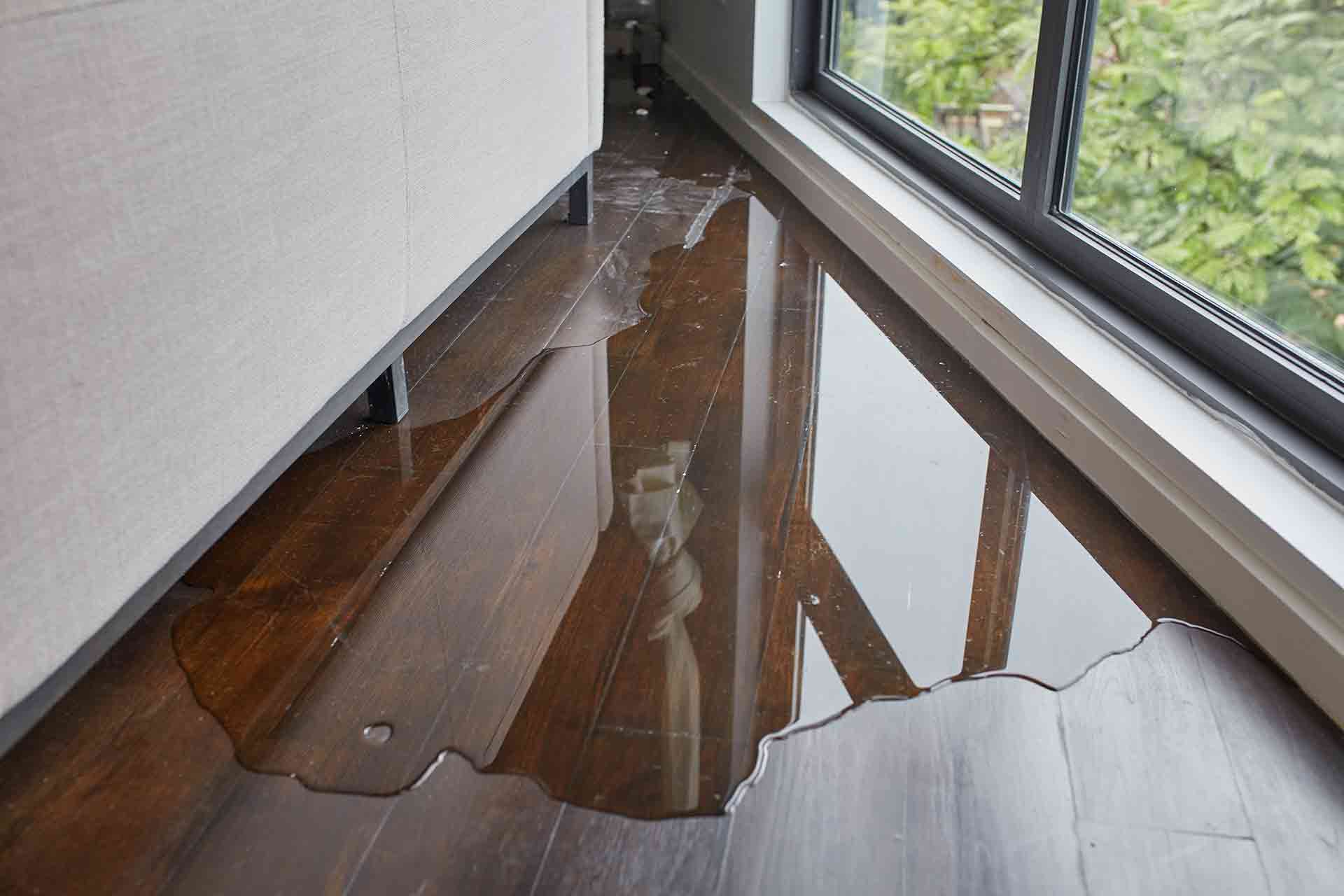In this article down the page you can locate lots of exceptional additional info around Preventing Water Damage in the Bathroom.

The washroom is extremely vulnerable for moist build-up as well as prospective water damages because of the regular use water in it. This post supplies straightforward examination strategies to aid detecting water damage dangers.
The regular use of water in the bathroom makes it very vulnerable for moist accumulation and potential water damages. By checking it on a regular basis, you can minimize water associated damages.
The following set of inspections is easy to carry out as well as must be done when in every 3 months in order to maintain your shower room healthy as well as to avoid prospective water problems triggered by the tub, the shower, pipe joints as well as plumbing, sinks, cupboards, as well as the bathroom
Do not overlook performing these inspections and be thorough while executing them. Remember that these basic inspections can conserve you a lot of money by giving early indications for water damages
Sinks and Cabinets
Sinks and also cupboards are exposed to dampness and humidity daily and also are frequently overlooked. Check routinely under the sink and also on the counter top over it. Repair any drip in the catch as it may recommend drain problems. Browse the sink, slow draining pipelines may show a blocked drainpipe. Replace sink seals if they are split or loose.
Tub and Shower
The shower as well as bathtub need unique focus as well as upkeep. Check the floor tiles and change if fractured. Ensure that there is no missing out on grout in between the tiles. Check and also replace fractured caulking at joints where the walls satisfy the flooring or the bathtub. Obstructed drains as well as pipelines problems will protect against the bathtub from drying and also might show major issues under the bathtub. Talk to a specialist instantly to avoid architectural damage. Take note of stainings or soft locations around the bathtub walls as they might show an internal leak.
Plumbing
Signs for water damages are tough to spot considering that the majority of pipes are installed inside the walls.
Pay unique focus to flooring and walls wetness and also discolorations as they may indicate an undetectable plumbing trouble. Check moisture levels in adjacent spaces too.
The Commode
The toilet is a susceptible water junction. Inspect the water lines as well as look for leakages around the commode seat, in the hose, and under the water tank. If you discover any type of indicators of dampness on the flooring around the commode, look for leaks in the toilet rim and tank seals.
Understand that hanging bathroom dish antiperspirants boosts the opportunities for obstructions.
Water Damage Signs In The Bathroom To Avoid Cleanup
Musty smell
This is one of the easiest signs to catch because musty smells are so odorous. The damp, earthy, moldy smell should be a big red flag. The smell will develop when moisture gets trapped in surfaces, and begins to facilitate mold growth. Leaking pipes under cabinets, inside walls, and behind shower fixtures will cause moisture to stay trapped and not dry, which will lead to mold growth and spread. As soon as you notice any musty smells in your bathroom, have it checked for hidden water damage and cleanup signs.
Visible mold
If the smell isn’t there to give it away, sometimes you will actually see mold growth. Finding mold in your bathroom is a serious problem, because mold is very harmful to your health. By the time mold growth is visible, it also means that water damage has already occurred and been present for some time. The only way the mold problem can be resolved is to find the source of the moisture and get it stopped. To safely and adequately remove mold, you need to have professionals handle the remediation. Do not waste any time in getting mold problems addressed, fixed, and sanitized so that you can protect you and your family from the many respiratory symptoms caused by mold exposure.
Damaged floors
Bathroom floors should be able to withstand some exposure to water while still remaining in good condition. However, when excess exposure or water leaks occur, they will begin to damage even the most water-resistant flooring. If you notice any cracking, bubbling, staining, or warping on your bathroom floors, there is probably a water leak somewhere causing the distortion. If you notice areas of the floor have become softer, or even have a spongy feeling, there is probably damage to the subfloor. Subflooring is typically made up of plywood. When plywood is exposed to water or moisture, it will absorb it. Once it has become saturated, the weight of the excess water will cause the wood to swell and soften. Check the floors in your bathroom frequently to catch any of these sings before they lead to damaged subflooring.
Changes on walls
When water leaks behind walls, it will cause changes in the drywall. Peeling plaster, blistering paint, and soggy wallpaper are all good indicators that excess water is building up behind the wall. Water leaking behind drywall will cause it to swell and be soft to the tough. If you start to notice gaps along the trim of your walls, or where tile meets the wall, it could also be a strong indicator that there is a leak behind the wall. Any changes, distortion, or damage on the walls should be evaluated as soon as you notice it to prevent further water damage and cleanup.

I have been very focused on How to Prevent Bathroom Water Damage and I hope you liked the new piece. Sharing is good. You just don't know, you will be doing someone a favor. Kudos for your time. Kindly check up our blog back soon.
Free Estimate
Comments on “Looking for Signs of Water Damage in the Bathroom”